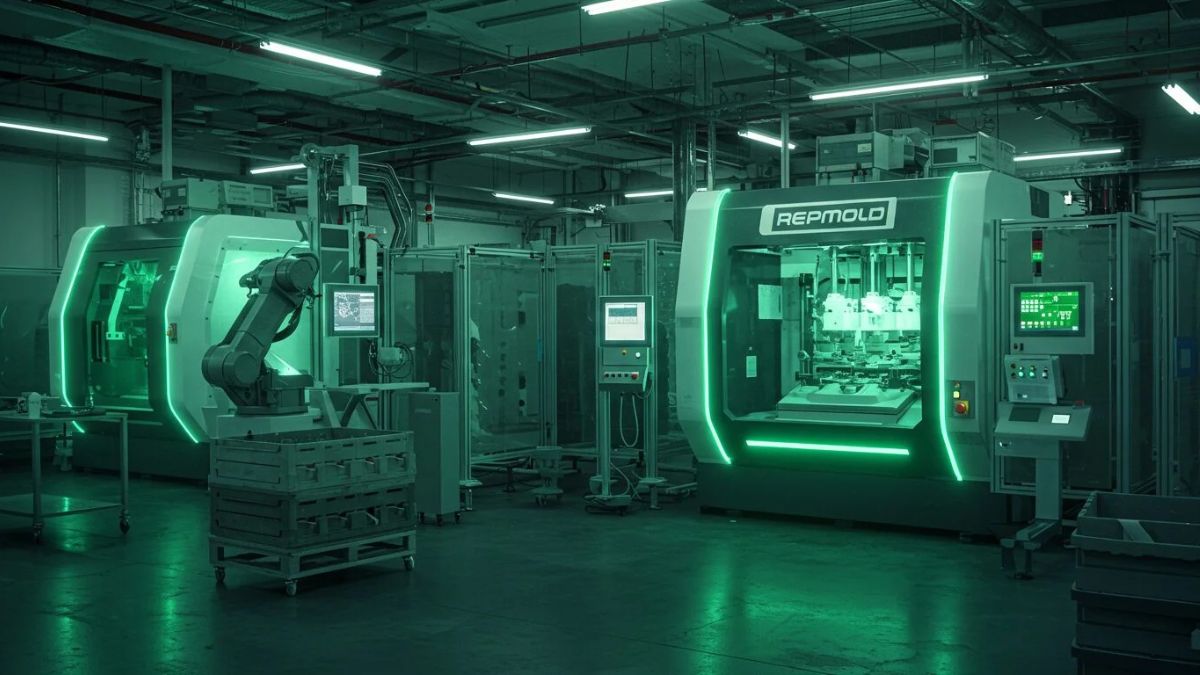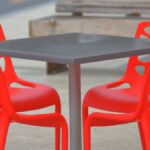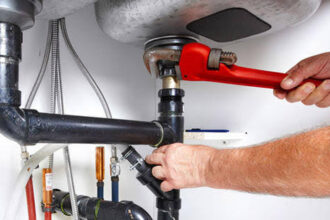Introduction to Repmold
Welcome to the world of Repmold—where innovation meets precision. If you’re in an industry that relies on molds, you know how crucial it is to have solutions that are not just effective but also adaptable. Traditional mold-making methods often fall short when addressing the diverse needs across various sectors. That’s where Repmold steps in, revolutionizing the way we think about mold solutions.
Imagine a process that enhances efficiency while delivering unparalleled quality and flexibility. With advancements in technology and materials, Repmold offers tailored solutions designed for every industry—from automotive to healthcare and beyond. Whether you’re looking to streamline production or improve product performance, understanding Repmold could be your game-changer.
Join us as we delve into what makes Repmold a standout choice for businesses seeking advanced mold solutions!
The Evolution of Mold Solutions in Industries
Mold solutions have come a long way. Initially, industries relied on traditional methods that often fell short in terms of efficiency and durability. Early molds were simple and lacked the precision needed for complex designs.
As technology advanced, so did the techniques used to create molds. The introduction of computer-aided design (CAD) transformed how manufacturers approached mold-making. This shift allowed for greater accuracy and customization.
Today, innovations like 3D printing are revolutionizing the industry further. These advancements enable quick prototyping and reduce material waste significantly.
Moreover, modern materials allow for stronger and more versatile molds that can withstand extreme conditions without degrading over time. Industries now demand tailored solutions that address specific challenges effectively.
The evolution continues as we explore sustainable practices while enhancing performance through new technologies.
Understanding the Repmold Process
The Repmold process is a cutting-edge method that transforms how industries approach mold creation. It begins with meticulous design, using advanced software to create precise specifications tailored to specific needs.
Next comes the material selection phase. Various materials can be used, ranging from thermoplastics to metals, depending on the required durability and functionality. Each choice impacts the final product’s performance.
Once materials are selected, high-tech machinery enters the scene. This automated equipment ensures consistent quality and reduces production time significantly. The result is a seamless blend of efficiency and effectiveness in mold-making.
After fabrication, rigorous testing follows. This critical step guarantees that every mold meets industry standards before it reaches clients. Adopting this thorough approach enhances reliability across various applications—from automotive parts to medical devices—ensuring they perform optimally under demanding conditions.
Benefits of Using Repmold for Different Industries
Repmold offers a variety of benefits across different sectors. Its precision molding capabilities ensure that products meet exact specifications, reducing waste and enhancing efficiency.
Industries like automotive benefit significantly from Repmold’s durability. The materials used withstand harsh conditions, making them ideal for high-performance applications.
In the medical field, sterilization is paramount. Repmold provides solutions that allow for cleanroom manufacturing, ensuring safety and compliance with strict health regulations.
For consumer goods, customization is key. Brands can easily modify their designs without incurring heavy costs or delays in production timelines.
The electronics industry also sees advantages through reduced lead times. Faster prototyping means quicker time-to-market, allowing companies to stay competitive in a fast-paced environment.
Each sector experiences unique improvements when integrating Repmold into their processes, leading to innovation and growth opportunities.
Case Studies: Real-Life Examples of Repmold Success
One remarkable case is in the automotive industry, where a leading manufacturer adopted Repmold technology for their production line. They achieved significant reductions in turnaround time and material waste. This led to smoother operations and increased profitability.
In healthcare, a medical device company integrated Repmold into its product development process. The result? Enhanced precision in manufacturing components while maintaining compliance with stringent regulations. Their ability to innovate quickly set them apart from competitors.
Another success story comes from consumer electronics. A startup used Repmold to create intricate designs that traditional methods couldn’t replicate efficiently. This innovation allowed them to launch products faster and capture market share swiftly.
These examples illustrate how different sectors leverage Repmold for competitive advantages, showcasing its versatility across various applications.
How to Implement Repmold in Your Industry
Implementing Repmold in your industry starts with thorough research. Understand the specific needs of your sector and how Repmold can address them.
Next, collaborate with experts who specialize in mold design and manufacturing. Their insights will be invaluable during the integration process.
Consider investing in training for your team. Familiarity with Repmold techniques ensures smooth transitions and maximizes efficiency.
Use advanced software tools to assist in the design phase. These technologies can streamline processes, reduce errors, and enhance precision.
Monitor performance closely after implementation. Regular reviews help identify areas for improvement or adjustment as necessary. Engaging stakeholders throughout this journey fosters a culture that embraces innovation and quality improvements.
Future of Repmold and Advancements in Mold Solutions
The future of Repmold is promising, driven by technological advancements and growing industry needs. Innovations in materials science are opening new avenues for creating more durable and efficient molds.
Smart manufacturing techniques will play a crucial role. Integrating AI and machine learning into the design process can lead to faster iterations and improved precision. This means less waste and greater adaptability to specific requirements.
Sustainability is also at the forefront. Eco-friendly materials are being developed, ensuring that Repmold solutions not only meet performance standards but also align with environmental goals.
Collaboration across industries will spur hybrid mold solutions as different sectors share insights and best practices. The next few years could redefine how we think about mold production, turning it into an agile process tailored for various applications.
As these trends continue to evolve, Rep mold stands ready to revolutionize multiple fields through innovative approaches and cutting-edge technology.
Conclusion
The journey through the world of Repmold reveals its transformative potential across various industries.
With its advanced techniques and innovative solutions, it stands out as a key player in mold manufacturing. Businesses are continuously discovering new applications, enhancing efficiency and product quality.
As technology continues to evolve, the future looks promising for Rep mold. Companies willing to adapt will likely see significant advantages over competitors.
Exploring these advancements can lead to substantial improvements in processes and outcomes.
Engagement with this cutting-edge solution could redefine operational standards across sectors. The ripple effects may reshape expectations around productivity and sustainability.
Investing time into understanding Rep mold today positions businesses favorably for tomorrow’s challenges. Embracing change is crucial; innovation drives success in an ever-evolving marketplace.
FAQs
What is Repmold?
Rep mold refers to a cutting-edge method for creating molds that cater to various industries. This advanced solution focuses on efficiency, precision, and adaptability.
How does the Repmold process work?
The Repmold process involves several stages, including design, material selection, and fabrication. Each step is tailored to meet specific industry needs while ensuring optimal performance.
What industries can benefit from Rep mold?
Many sectors can leverage Rep mold solutions. These include automotive, aerospace, consumer goods, medical devices, and more. The versatility of Rep-molding makes it suitable for any field requiring high-quality mold production.
Are there cost advantages associated with using Repmold?
Yes! Implementing Rep-molding can lead to significant cost savings over time due to reduced waste and shorter production cycles. Many businesses find this approach economically beneficial in the long run.
Is training required for implementing the Rep mold process?
While some familiarity with molding processes is helpful, comprehensive training programs are often available through suppliers or manufacturers specializing in Rep-molding technology.
Can existing mold systems be upgraded to incorporate Rep-molding techniques?
In many cases yes! Existing systems may be adapted or enhanced with new technologies related to Rep-molding without needing a complete overhaul.
How do I get started with adopting Rep-molding in my business?
Start by researching suppliers that specialize in Rep-molding technologies. Attend workshops or consult experts who can guide you through integrating this innovative solution into your current operations.

















